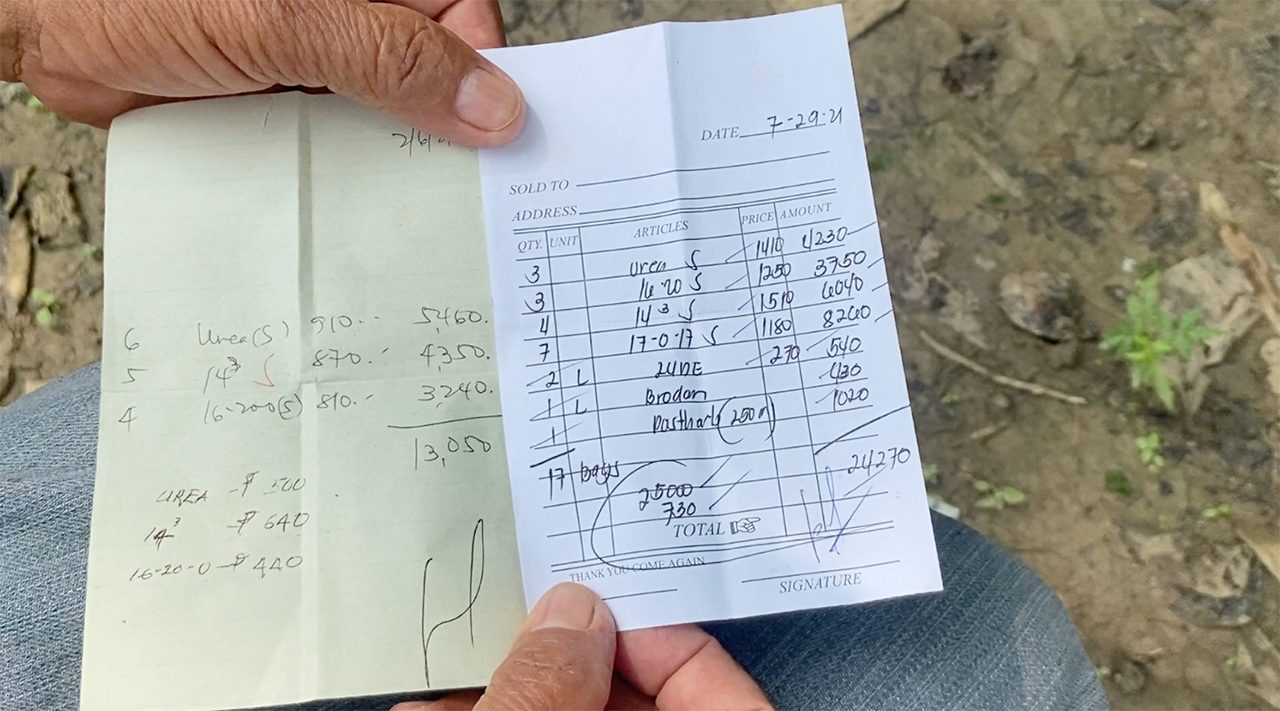SUMMARY
This is AI generated summarization, which may have errors. For context, always refer to the full article.


MANILA, Philippines – Amid a presidential directive to increase rice production and make the commodity more affordable to Filipinos, the Department of Agriculture (DA) is looking to make an “urgent” purchase of fertilizer from another government – a move intended to give farmers access to cheaper fertilizer than what is currently available.
Agriculture Undersecretary-designate and spokesperson Kristine Evangelista told Rappler on Friday, July 22, that the department was looking at three countries in particular as sources of the fertilizer.
“We are looking at China, Indonesia, and UAE (United Arab Emirates),” she said.
“We’re looking at the prices of fertilizers coming from those countries, and also doing a cost structure of fertilizer right now to see how much the landed cost will be, how much it will entail, the retail cost, the dealers price,” she continued.
China was among the world’s top three exporters of fertilizer in 2021, along with Russia and Canada. Both Indonesia and UAE accounted for around 1% of global fertilizer exports that year.
Aside from prices, the DA is taking into consideration the quality of fertilizer the country can provide and how logistically efficient it would be to transport the purchased fertilizer from the source country.
Asked what deadline the department had for bringing in the fertilizer, Evangelista said the government is aiming for the fertilizer to be used during the upcoming October planting season for rice.
“It’s very urgent because, based on the inputs I got from our rice group, if we are looking at a planting of October, then we need it immediately so that our farmers will be able to put the necessary fertilizers 45 days after they plant,” said the spokesperson.
She could not yet say how much the administration plans to spend on the government-to-government purchase.
The idea to buy fertilizer in bulk from another government was raised during one of President Ferdinand Marcos Jr.’s three meetings with agriculture officials, said Evangelista.
By buying from another government, the administration would be able to cut out the middleman and strike a deal with a friendly country for an affordable price point, went the recommendation. In possession of cheap fertilizer, the government would then be able to sell fertilizer to Filipino farmers at a much more affordable price compared to what is available domestically.
Why does this matter?
The cost of fertilizer typically used by rice farmers has tripled, in part because of the Russia-Ukraine war. Urea, the most commonly used fertilizer grade, now costs P2,781.20 per 50-kilo bag – a 110% increase from 2021, according to the Fertilizer and Pesticide Authority. In some places, retail urea prices have reached P3,200 per bag.
When fertilizer gets expensive, small rice farmers tend to scrimp on how much they put in their rice fields, which leads to a lower production of rice.
Former agriculture secretary William Dar said low usage of fertilizer had led to a 6.8% decrease in yield in the first semester.
Lower production of rice could lead to increase in rice prices, which would be to the detriment of consumers. Expensive inputs like fertilizer is bad news for the incomes of farmers, especially in the face of cheaper rice from abroad flooding the market.
The Duterte administration provided fertilizer subsidies for farmers to weather the rising cost of the input, but the Marcos administration seeks to lessen dependence on subsidy-based programs.
Progressive groups such as the Kilusang Magbubukid ng Pilipinas are pushing for a P15,000 subsidy for all farmers and fisherfolk. – Rappler.com
Add a comment
How does this make you feel?





There are no comments yet. Add your comment to start the conversation.